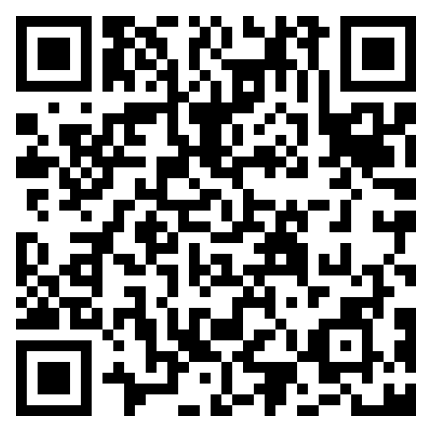Flyers are an integral marketing tool used by businesses of all kinds, from small mom-and-pop shops to large enterprise organizations. Essentially a one-page piece of marketing collateral, a flyer can be either digital or printed.
Flyers typically contain highly targeted information, like details about a specific event or an announcement about a new product. Effective flyers also have a call to action, such as telling prospects and customers to head to a website.
To make flyers more engaging, many businesses include a quick response (QR) code on them. This makes campaigns more interactive, and it encourages prospects and customers to take action by scanning the code.
Pro Tip
Make your flyers more interactive and engaging with QR codes. Design your own quickly using the QR Code Generator.
How QR code flyers work
A QR code is similar to a barcode you’d find on a product in a grocery store. When someone scans a QR code using a smartphone, it takes the user to a designated URL or shows them more information, such as a promotion code or message.
“Adding a QR code on a flyer is intriguing,” says Matt Strutte, head of growth at Blinq, a digital business card provider.
“For advertisers, adding a QR code to marketing material allows them to share more about their brand than they could fit on a single flyer,” he says. “It also allows teams to track uplift from their campaigns and drive extra eyeballs to important parts of their website or social media profiles.”
You can place QR codes directly on flyers and link them to websites or landing pages so users don’t need to type in the website address. You can also use these codes to share online forms or surveys, such as product order forms or customer satisfaction surveys, or to provide users with promotion codes, discounts, and other information.
However you choose to deploy them, QR codes encourage engagement from users. If users don’t scan them, they don’t get to see what lies on the other side of the code. By including a QR code as part of a flyer’s design, you can increase engagement with your brand.
Choose the right software for the QR code
Creativity is important when using QR codes on flyers. “We’ve seen marketing teams transform their product into a QR code, adapting the shape, color, and density of the code design to match what they’re selling,” says Strutte. “We’ve also seen agencies just leave a QR code on their advertising. A single QR code hovering in negative space without explanation — who could resist scanning that?”
To create a QR code for flyers, look for software that’s intuitive and easy to use. Form builders like Jotform can generate QR codes to either add to a form or to share a link to a form. With thousands of form templates to choose from for nearly any business purpose, you can get started easily without having to build a form from scratch.
For example, if the flyer is promoting an event, you can use Jotform to create an event registration form that includes a QR code offering a discount on the registration fee. Each template is fully customizable, from the form fields to the colors and logos.
Customize the QR code
Using Jotform, you can add a QR code to any form with the QR code widget in the Form Builder. It’s easy to encode a URL, text, or numbers in the QR code, such as a thank-you message to loyal customers or a promotion code for VIPs. Just drag and drop the widget where you want the code to appear in the form.
Provide easy-to-follow instructions
While QR codes are easy to use, it’s possible some people haven’t come across them before, or they might have trouble using them correctly. “Although most of us are very familiar with scanning QR codes, we realize older generations need a bit of advice on how to do it,” says Strutte. “Before you add a QR code to your flyers, think about your audience and the instructions they might need to take action when viewing your materials.”
Be sure to add a simple instruction for the code, such as, “Use your smartphone to scan the QR code,” so prospects and customers know how to engage with it. This will help increase the number of people who interact with the QR code — and ultimately with your brand.
Flyers are a great way to share information about specific events, products, and promotions with prospects and customers. You can increase engagement with your campaigns by using a QR code on flyers. No matter the use case, Jotform enables your business to create the form and QR code you need to build an interactive campaign.




























































Send Comment: